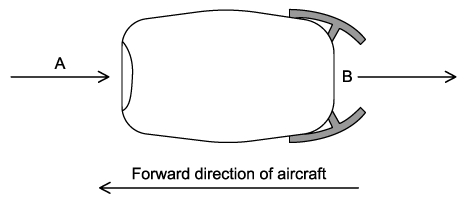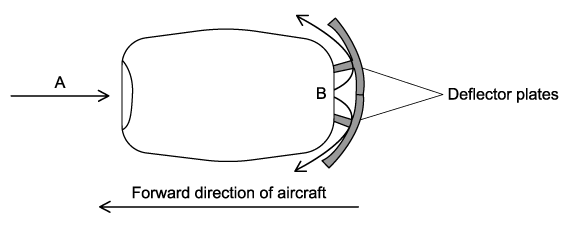The helicopter below is moving horizontally through still air. The lift force from the helicopter’s blades is labelled A.

State the two forces B and C that also act on the helicopter.
The force B has a value of 25 kN and acts horizontally and at right angles to the weight C.
Calculate the horizontal component of force A needed to keep the helicopter moving at a constant velocity.
The helicopter encounters a problem and accelerates vertically downwards towards the ground. It has a mass of 50 000 kg. Air resistance is negligible.
Calculate the weight of the helicopter.
State the name of the law of motion that relates to the equation F = ma.
Did this page help you?



































